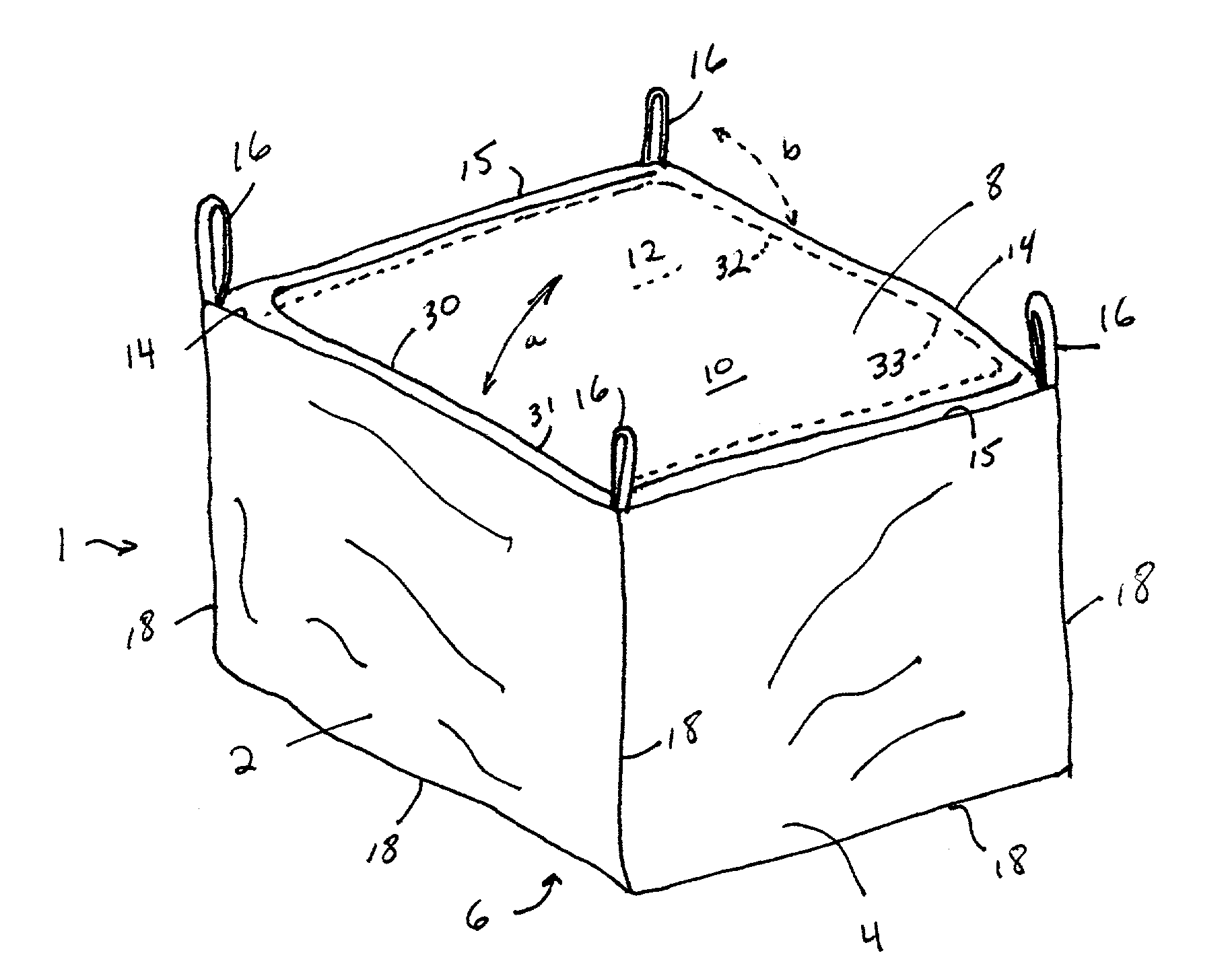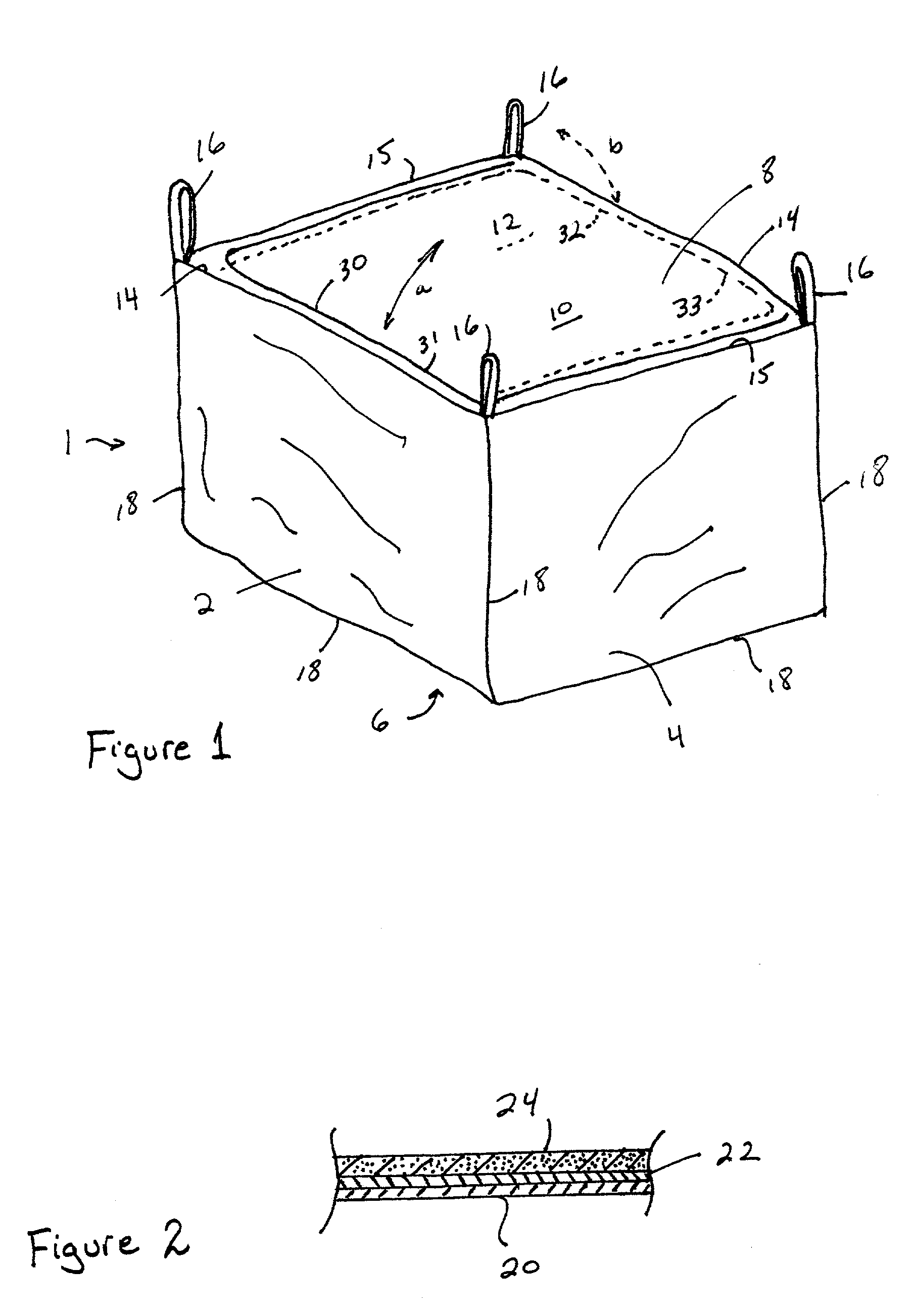Methods and apparatus for encapsulating hazardous debris
- Summary
- Abstract
- Description
- Claims
- Application Information
AI Technical Summary
Benefits of technology
Problems solved by technology
Method used
Image
Examples
Embodiment Construction
[0040]The present invention addresses the limitations of both conventional microencapsulation and conventional macroencapsulation and offers superior environmental protection as well. The process of the present invention, dubbed “MiacroEncapsulation” by the inventors, also addresses the various and often mixed types of hazardous wastes found in debris, including organic solvents, heavy metals, and cyanides, depending upon which reagent or reagent combination is utilized in the process.
[0041]Treatment of wastes according to the present invention can be performed at the generator's site (under the exclusions from permitting for generator treatment), or at a RCRA TSD treatment facility.
[0042]Treatment initially involves site inspection to determine what hazardous constituents are present and which hazardous waste codes are applicable. Visual inspections and sampling can be performed as necessary. In addition, photographs can be obtained to provide a permanent record of the site. Debris...
PUM
 Login to View More
Login to View More Abstract
Description
Claims
Application Information
 Login to View More
Login to View More - R&D
- Intellectual Property
- Life Sciences
- Materials
- Tech Scout
- Unparalleled Data Quality
- Higher Quality Content
- 60% Fewer Hallucinations
Browse by: Latest US Patents, China's latest patents, Technical Efficacy Thesaurus, Application Domain, Technology Topic, Popular Technical Reports.
© 2025 PatSnap. All rights reserved.Legal|Privacy policy|Modern Slavery Act Transparency Statement|Sitemap|About US| Contact US: help@patsnap.com


